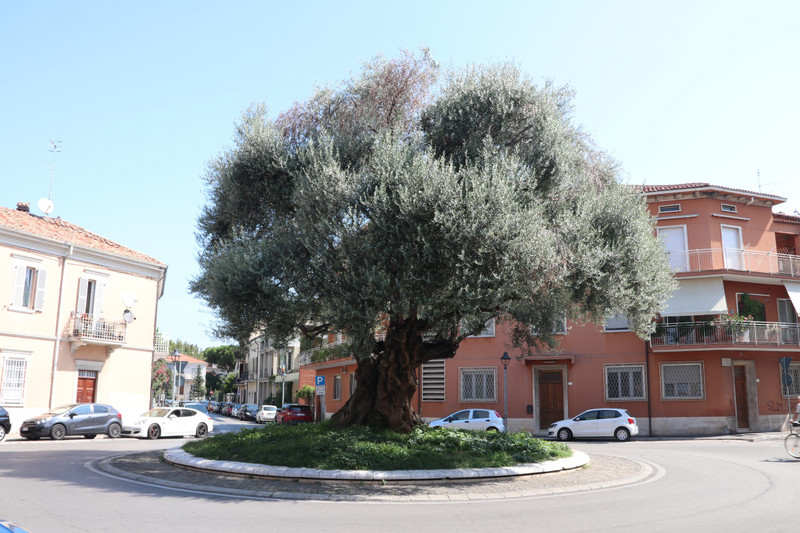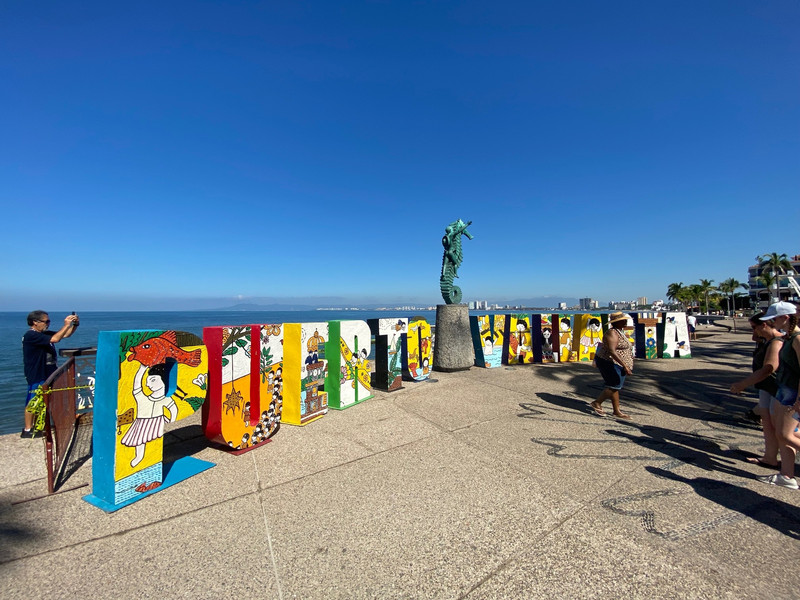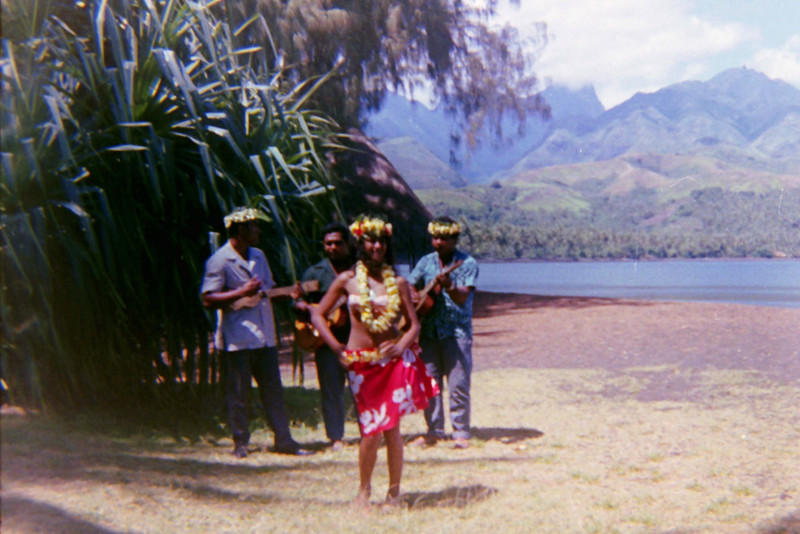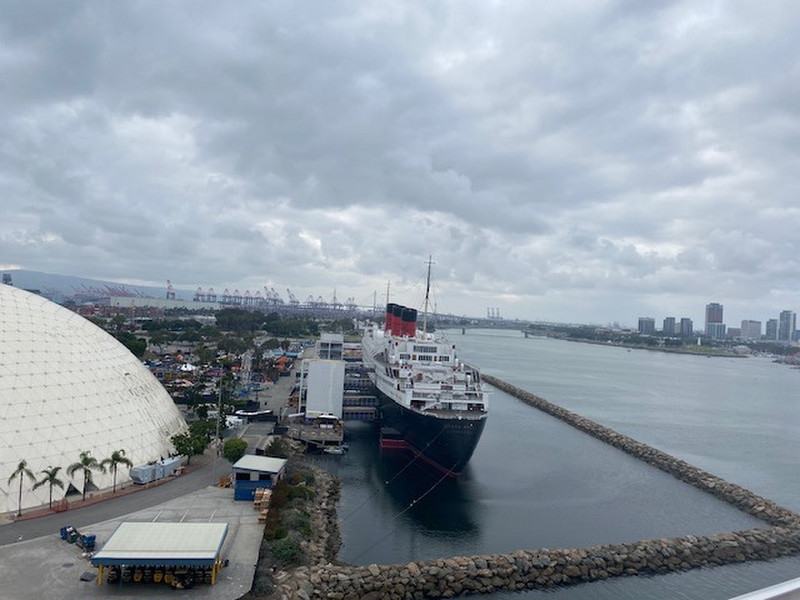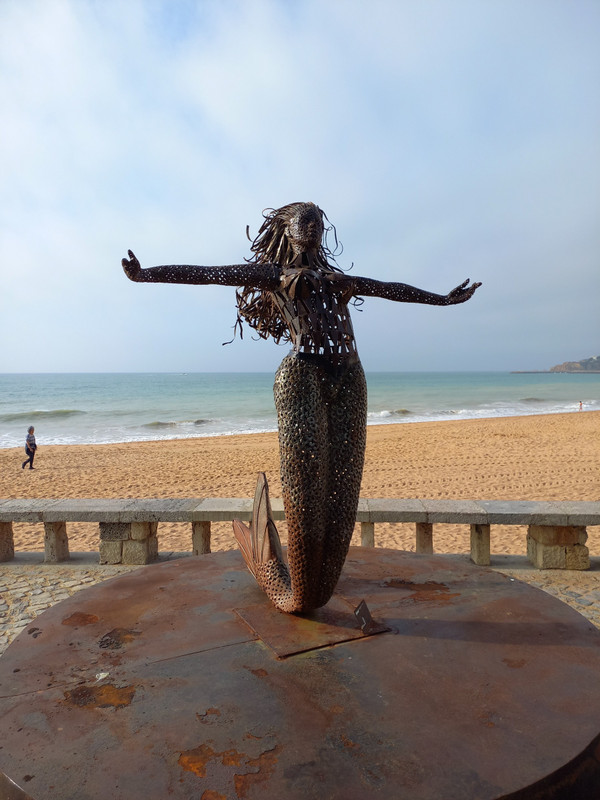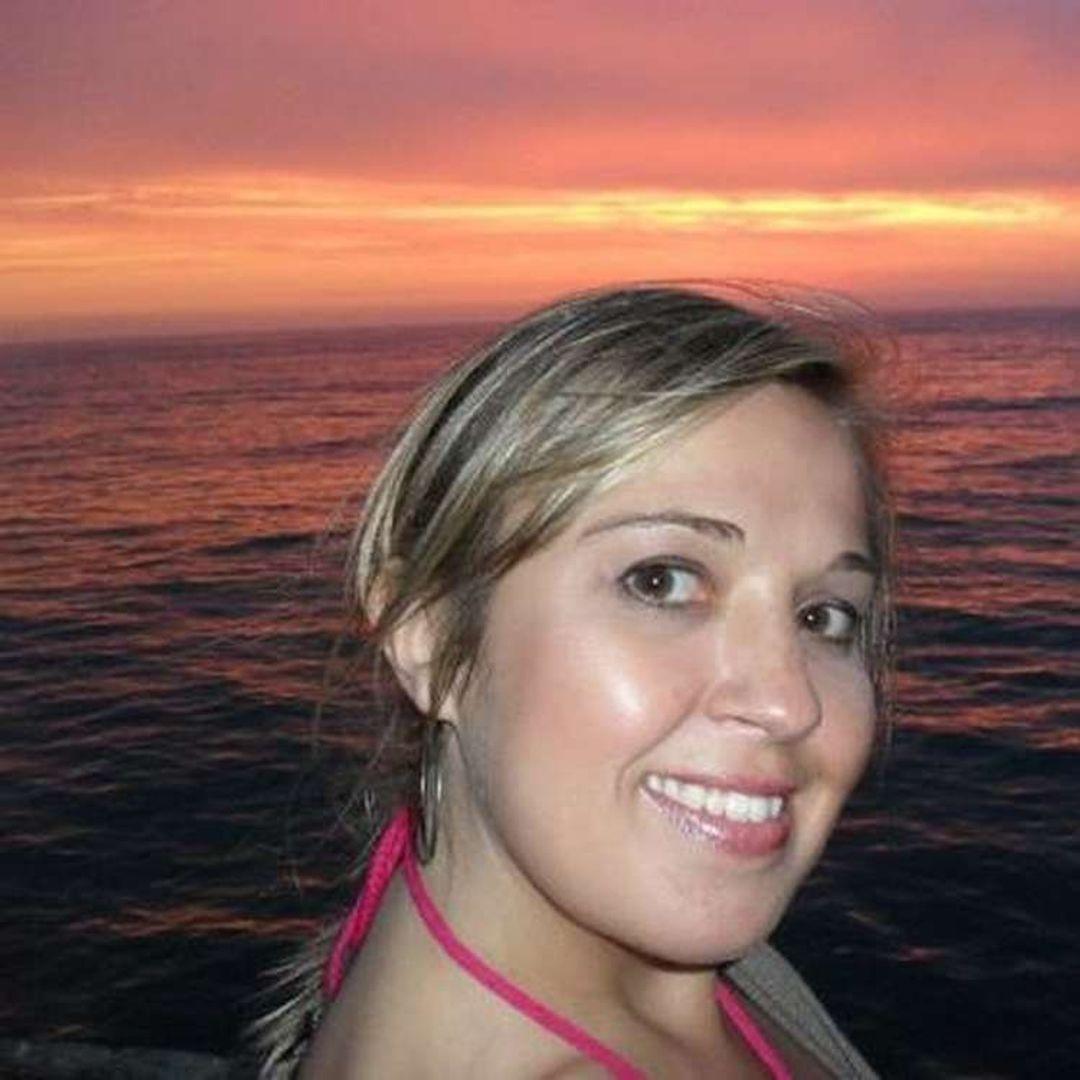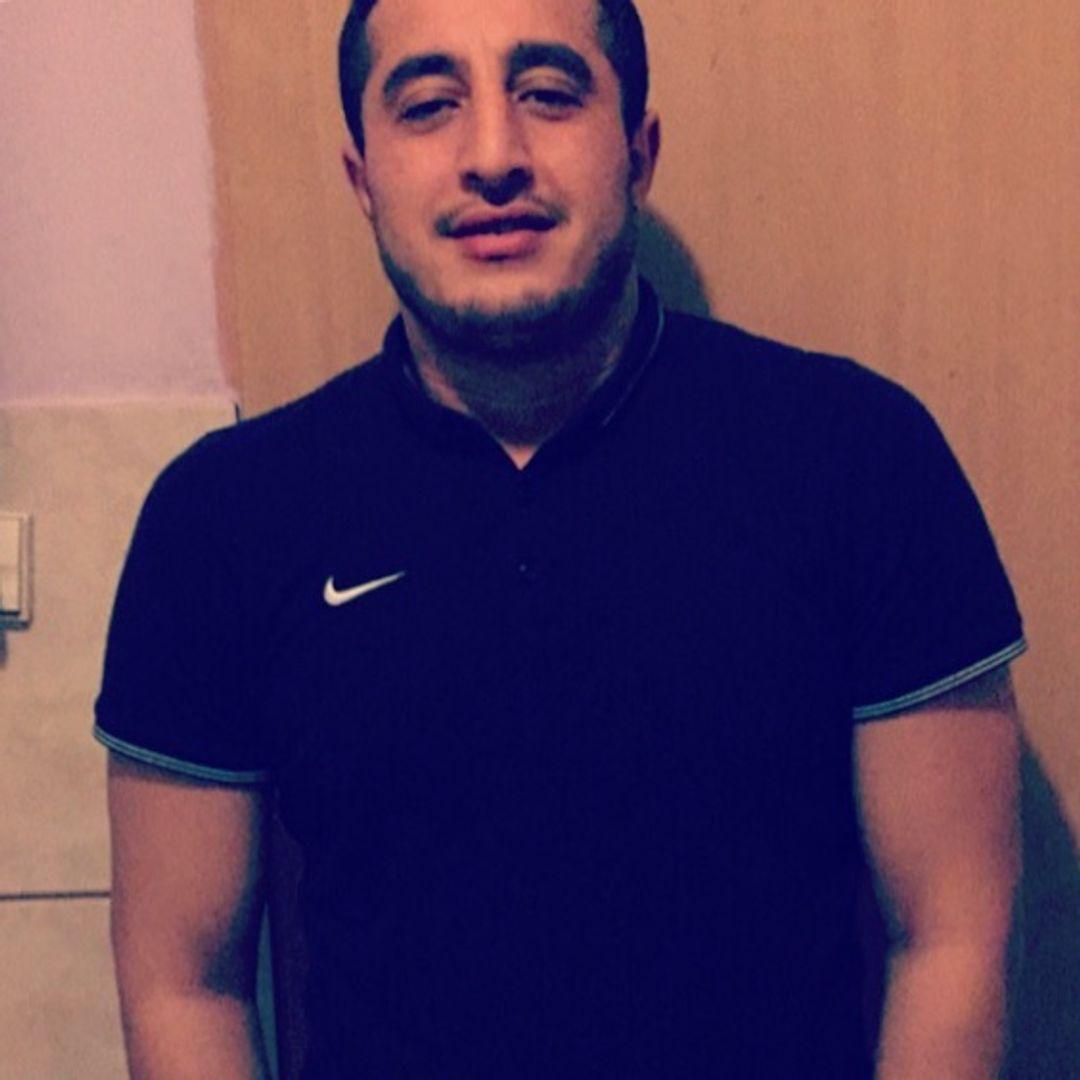After a decent nights sleep, we both woke refreshed after the long day we experienced yesterday. Breakfast, normally a hot and cold buffet, was waitress service only. Menus were placed at each table and orders taken accordingly. It was basic but adequate. At least with this service, one can exercise a certain amount of portion control. Neither of us had about this new procedure.
This morning we decided to familiarise ourselves with our first time visit to Rimini by visiting the old town. The hotel couldnt provide a map so on retracing yesterdays footstep back to the railway station, we called in to the tourist information who duly obliged. While we were here, we enquired about buses to San Marino. During our research, we had learned that the Bonelli Bus, that provides public transport to and from this tiny nation, had been suspended in an attempt to supress further infection of Covid. We were pleased to be informed that all services have now resumed so, no time like the present, we purchased two return tickets at €10 each. These were not ‘timed tickets and could be used at any time on any day. Our plan is
On the periphery to the old town stands a roundabout servicing a busy single carriageway road. Its not what I would call a ‘main road. These were much narrower that the modern thoroughfares in the newer end of town. In the middle of the roundabout stood a single olive tree. From its size and shape it could have been easily a few thousand years old. That would date it back to Roman times. Now, according to Stan and Reg, the Romans may have brought us better sanitation, medicine, education, irrigation, public health, roads, a freshwater system, baths and public order, Im pretty sure they never brought us roundabouts. So, where the roads converged, stood a mighty olive tree. Probably not the best obstacle to encounter in the middle of a road but rather than the travellers having to swerve to avoid a collision only to collide with each other, their forefathers (remember, NOT the Romans!!) build the roundabout around the tree. This gave the Italians structure and a system and having worked with them back in the 90s, structure and systems is not really
We continued on through the narrow streets, many of which only had a painted white line to determine the sidewalk from the road. Thankfully most of these roads were one way so we could concentrate on one direction of the traffic. We came to the River Marecchia. This used to be called the Arminius in Latin and it is from this that the resort of Rimini derived its name. A few hundred metres down river, we stopped at the ancient Ponte Tiberio or Tiberius Bridge. This five arched bridge is built of Istria stone, was begun in AD14 under Romes first Emperor – Augustus. Im sure the plan, then, was to call it Ponte Augustus but unfortunately, he died before the bridge so in AD21 when the bridge was Romes second emperor – Tiberius thought we can either keep the bridges original name in honour of Romes first Emperor, or, even a better idea.!!! His advisors and those close to him agreed with his ‘better idea for fear of the next entertainment at the local coliseum!! And that is how the bridge became known as Ponte Tiberio!! Honest!!
River Marecchia, we rested up at Parco XXV Aprile. Ive never known why parks and streets are named after dates. I understand that the dates have a significance, in this case it was the date the end of the fascist regime and of the Nazi Germany occupation during World War II and was a final resounding victory for the Residence in Italy, but the dates always seem to be in Roman numerals as well. Surely it would have been easier to call this expanse of greenery, Liberation Park. That rolls off the tongue much better, me thinks!!
Tiberius Bridge marks the beginning of Corso Augusto (which WAS named after Romes first Emperor!!), the heart of Riminis city centre with its shops, small cafes and historic buildings.
